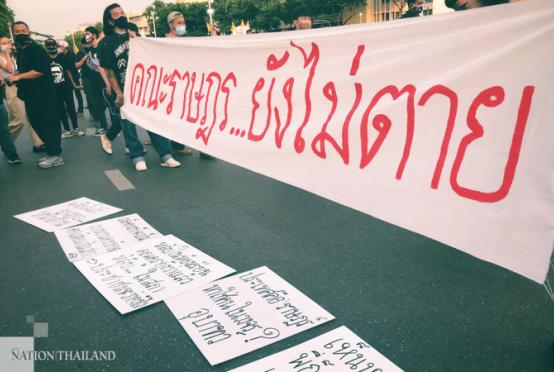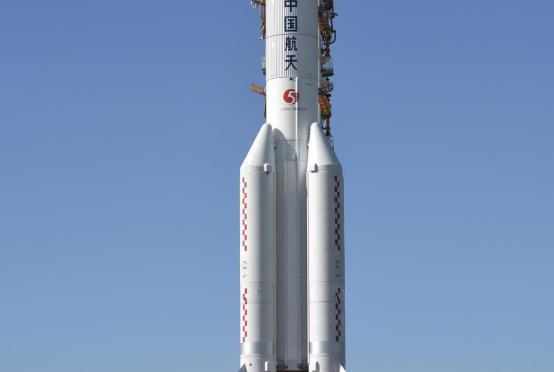Returnee migrants and their management
(The Kathmandu Post/ANN)-------Migration has a long history in Nepal. Up until the 1990s, migration was internal in nature and existed primarily from the hills to the plains or from rural to urban areas. Migration increased in the late 1990s and early 2000s for various reasons, including political conflicts. This pushed labour away to foreign countries. A majority of migrants went to India, but many low-skilled workers were attracted to the Gulf countries.
The 2011 census showed that at least one member of the family in about 25 percent of Nepali households was absent from home. The 2014 survey by the Central Bureau of Statistics estimated that 5 million persons, or almost 20 percent of the population, lived and worked in foreign countries. A majority of these migrants engage in occupations such as labour-intensive agriculture, manufacturing and construction. Researchers have identified factors ranging from social, economic and political to environmental for motivating these people to migrate. In addition, migration networks in an era of quick connectivity and accessibility might have played a role. But Covid-19 has put a break in this trend, and it is going to force migrants to return to Nepal.
Management of returnees
While everyone is stuck in countermeasures, the world is experiencing severe adverse economic outcomes that have left millions of migrants jobless and forced them to return home. It is time to lay out plans to prepare for the long-term management of these returnees. While long-term planning requires evidence-based policies, it is only natural for policymakers to act quickly based on an anticipatory analysis.
There is already a massive shock to employment in both rural and urban areas in the country. Nepal does not have a large base for the industrial or manufacturing sector. Many of those who are currently impacted are self-employed in the commercial or tourism sector or similar petty businesses, and many are casual daily wage earners. Covid-19 has dismantled this routine with the possibility of turning it into a vicious cycle. A few alternatives can be adopted to manage returnee migrants and turn this misfortune into a virtuous cycle for them, their families, the larger society and the national economy in the long run.
The government should categorise the returnees in terms of their skill levels—high skilled, semi-skilled and low-skilled. Even though they may not have formal higher education, many of them may have acquired skills from learning by doing. For example, once someone works for a number of years in the automobile servicing sector, he or she will become a well-trained worker in that sector. Local governments can hire high skilled workers as trainers and instructors that can train other locals, including semi-skilled and low-skilled returnees. Local governments should treat them as a source of brain gain in the community. Accordingly, they can utilise local community schools to mobilise the returnees’ skills and promote them as a centre for technical and vocational education. This would be a way for the country to produce a skilled workforce that it currently lacks. Thus Covid-19 could be an opportunity for the country to increase the human capital stock.
Knowing Nepal’s comparative advantage sectors—agriculture, tourism, small and medium enterprises, and hydropower—we should deploy returnee migrants mostly in those sectors. The government has to motivate the migrants with multiple incentives to engage in the agricultural sector such as crop production and livestock. If returning migrants want to invest in farming, the government can provide a share of the total cost as a grant. Another incentive could be soft loans. In addition, local governments can guarantee to buy their products for a certain period of time until the market normalises so that labour will not have to worry about market conditions. Similarly, the government can provide fertiliser, pesticide, insecticide, technological tools and equipment such as tractors with no cost to the farmer in the short run. Such a policy will contribute towards meeting the goal of making the country self-sufficient in agricultural output by attracting those who may otherwise not participate in farming.
Returnee migrants who have gained extensive experience in construction projects abroad can be used in National Pride Projects such as highways, airports, hydropower and railways. Such infrastructure expansion will contribute to the overall development of the country. Many migrants work in the hotel and restaurant sector abroad. As prospects of international travel are weak, at least in the immediate future, local governments can come up with innovative homestay programmes to promote internal tourism. The returnees will probably have the appropriate skills and training to enhance the tourism sector in the country.
Grants and subsidies
Small and medium-sized firms are the backbone of the economy. The government should exploit its own mechanism or utilise the private sector to tap the benefits of returnee migrants to revive the local economy by establishing small and medium-sized enterprises. While the government can come up with appropriate grants and subsidies to support these projects, local microfinance institutions can step up to provide sufficient investment opportunities for migrant workers.
The reversal in migration patterns provides an opportunity to resume rural economic activities that were abandoned in the conflict era in the late 1990s and early 2000s. However, an important question in this analysis is how long it is going to take for the migrant workers to get back to normal. The nature of stress and anxiety that may arise in the new circumstances may have repercussions on their initiatives as well as their productivity. The government should assess and analyse the situation, and push for appropriate policies as soon as possible. A delay in managing these returnee migrants could result in misuse of the skilled labour by political groups that have raised voices against the state in the past.
Related Articles

Japan’s Foreign Minister to visit Southeast Asian countries
Edit

Protesters display a banner that reads, Khana Ratsadon (People's Party) has not died yet, during the first major street protest against the government at Democracy Monument on Saturday evening. The message suggests that in the spirit of the 1932 revolution, the new generation will continue to fight on for democracy.
Rumblings of revolt against government get louder
Edit

A scientist investigates the ancient Indian palm leaf horoscopes (Ola, Naadi vakyam)
Edit

Long March 5 carrier rocket arrives at its launch pad to lift China's Tianwen 1 Mars probe at the Wenchang Space Launch Center in the southern island province of Hainan, July 17, 2020. [Photo/Xinhua]
China-made Mars rover set for upcoming mission
Edit